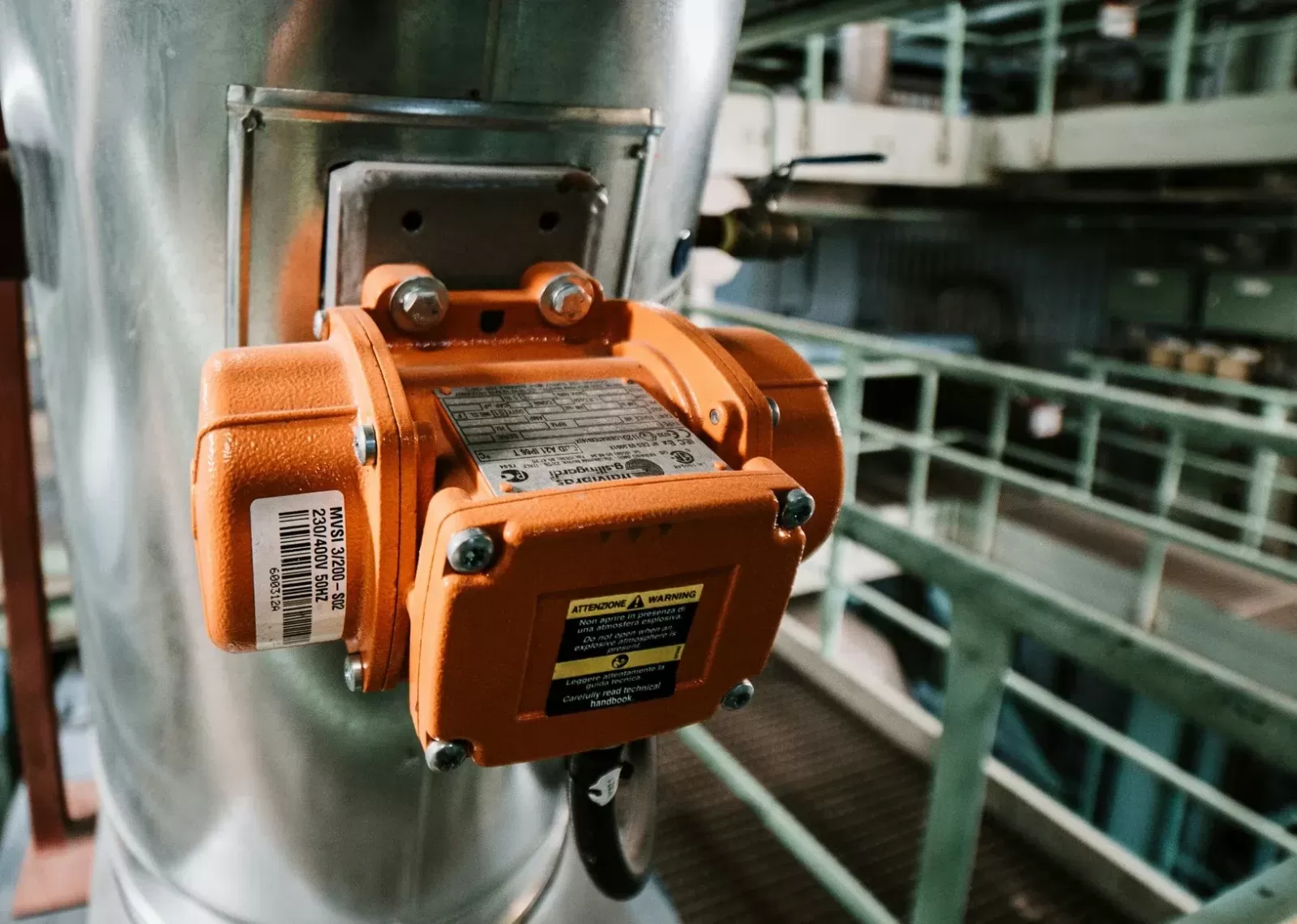Notifications

7 minutes, 43 seconds
-111 Views 0 Comments 0 Likes 0 Reviews

In today’s highly automated industrial world, precise and reliable process flow control is critical. From managing fluid flow in oil pipelines to regulating airflow in HVAC systems and ensuring sanitation in food processing, China Control Valve actuation forms the backbone of modern infrastructure. Among the most widely adopted solutions is the quarter-turn electric actuator — a compact, energy-efficient, and high-precision device transforming valve automation across industries.
But what exactly are quarter-turn electric actuators? How do they operate? And why are they becoming the preferred choice in so many sectors?
This article explores their functionality, applications, selection criteria, and maintenance while comparing them with multi-turn actuators. With increasing emphasis on smart automation and sustainability, understanding these devices equips engineers, plant managers, and system integrators with the insights needed to design efficient and resilient control systems.
A quarter-turn electric actuator is an electromechanical device designed to control valves requiring a 90-degree rotation — hence the name "quarter-turn." It converts electrical energy into mechanical torque to rotate the valve stem, enabling opening, closing, or modulating valve positions.
Quarter-turn actuators are ideal for valves that operate via rotational motion, such as:
Ball valves
Butterfly valves
Plug valves
Dump valves
Choke valves
They are also increasingly applied in HVAC systems to automate dampers regulating airflow in ducts, chimneys, and air handling units.
By eliminating the need for compressed air or hydraulic systems, these electric actuators simplify installation, reduce maintenance costs, and boost energy efficiency.
A typical quarter-turn electric actuator includes:
Electric Motor: Converts electrical power (AC or DC) into rotational force.
Gear Train: Amplifies torque and reduces speed to match valve requirements.
Limit Switches & Position Sensors: Provide valve position feedback for accurate control and monitoring.
Manual Override: Enables manual valve operation during power outages or maintenance.
Housing & Enclosure: Protects internal components, often rated for water, dust, or explosion resistance.
Upon activation, the motor drives the gear train to rotate the actuator shaft precisely 90°, which moves the valve stem from fully closed to fully open or any intermediate position if modulation is needed.
Quarter-turn electric actuators provide numerous benefits:
Compact Design
Their small size and lightweight construction suit tight spaces and retrofit projects.
Energy Efficiency
They consume power only during valve movement, reducing electricity usage.
Precision & Control
Integrated sensors enable precise positioning, supporting modulating and throttling control.
Ease of Integration
Compatible with digital control and SCADA systems for remote operation, diagnostics, and monitoring.
Low Maintenance
No need for compressors or hydraulic pumps, lowering maintenance demands.
Quarter-turn electric actuators are essential automation elements across diverse industries:
Water & Wastewater Treatment
Control valves in pipelines for potable water, chemicals, and wastewater, ensuring precise flow and dosing.
Oil & Gas
Used in pipeline control, tank isolation, and pressure regulation, often with explosion-proof models for hazardous zones.
HVAC & Building Automation
Automate dampers and valves in air handling units and ventilation systems for responsive climate control.
Food & Beverage Processing
Operate sanitary valves for fluid transfer, mixing, and cleaning-in-place systems; stainless-steel variants suit washdown environments.
Power Generation
Regulate coolant flow, steam pressure, and emission control valves for efficiency in fossil fuel and renewable plants.
Key factors for selecting an actuator include:
Torque Requirements
Ensure the actuator delivers at least 20% more torque than valve specifications to handle aging or difficult conditions.
Voltage Supply
Match actuator voltage to available power: common options include 24VDC, 110VAC, and 220VAC.
Duty Cycle
Choose actuators rated for frequent cycling if throttling or continuous operation is required.
Enclosure & Protection Rating
Select based on environment:
IP67 for dust and temporary water immersion
IP68 for prolonged submersion
Explosion-proof for hazardous locations
Control Type
Options include:
On/Off control
Modulating control for precise throttling
Failsafe mechanisms to return valves to safe positions upon power loss
Quarter-turn electric actuators generally require minimal upkeep, but periodic checks improve reliability:
Electrical Connections
Inspect and tighten wiring to prevent faults.
Lubricate Gears
Follow manufacturer schedules to reduce wear.
Clean Housing
Remove dust and debris, especially from venting and terminal areas.
Check Calibration & Feedback
Verify position sensors and recalibrate if needed.
Test Manual Override
Ensure manual operation works for emergencies.
| Feature | Quarter-Turn Actuators | Multi-Turn Actuators |
|---|---|---|
| Motion Type | 90° rotary (quarter turn) | Multiple rotations |
| Valve Types | Ball, butterfly, plug valves | Gate, globe, knife gate valves |
| Speed of Operation | Fast | Slower due to multiple turns |
| Applications | On/off or modulating control | Isolation and throttling |
| Complexity | Simple, compact design | More mechanically complex |
| Cost | Generally lower | Typically higher |
Quarter-turn actuators excel where rapid, space-efficient operation is needed. Multi-turn actuators handle valves requiring larger linear stem movement.
As smart technologies advance, quarter-turn electric actuators incorporate features like Bluetooth, cloud connectivity, and predictive diagnostics. These smart actuators monitor health, alert operators, and adapt to changing conditions.
Environmental goals favor electric over pneumatic systems, leveraging cleaner and renewable electricity. Integration with Industrial Internet of Things (IIoT) platforms enables centralized control, analytics, and remote troubleshooting—improving safety and uptime.
Quarter-turn electric actuators are vital components of modern valve automation, delivering precision, energy savings, and reliability. Their versatile application across water treatment, HVAC, energy, and processing industries underscores their importance.
By understanding their function, application, and selection factors, engineers and plant managers can build smarter, more efficient systems ready for future automation challenges. Whether upgrading legacy systems or deploying new infrastructure, quarter-turn electric actuators represent a sound investment in automation excellence.Know more about Google SEO Directory

